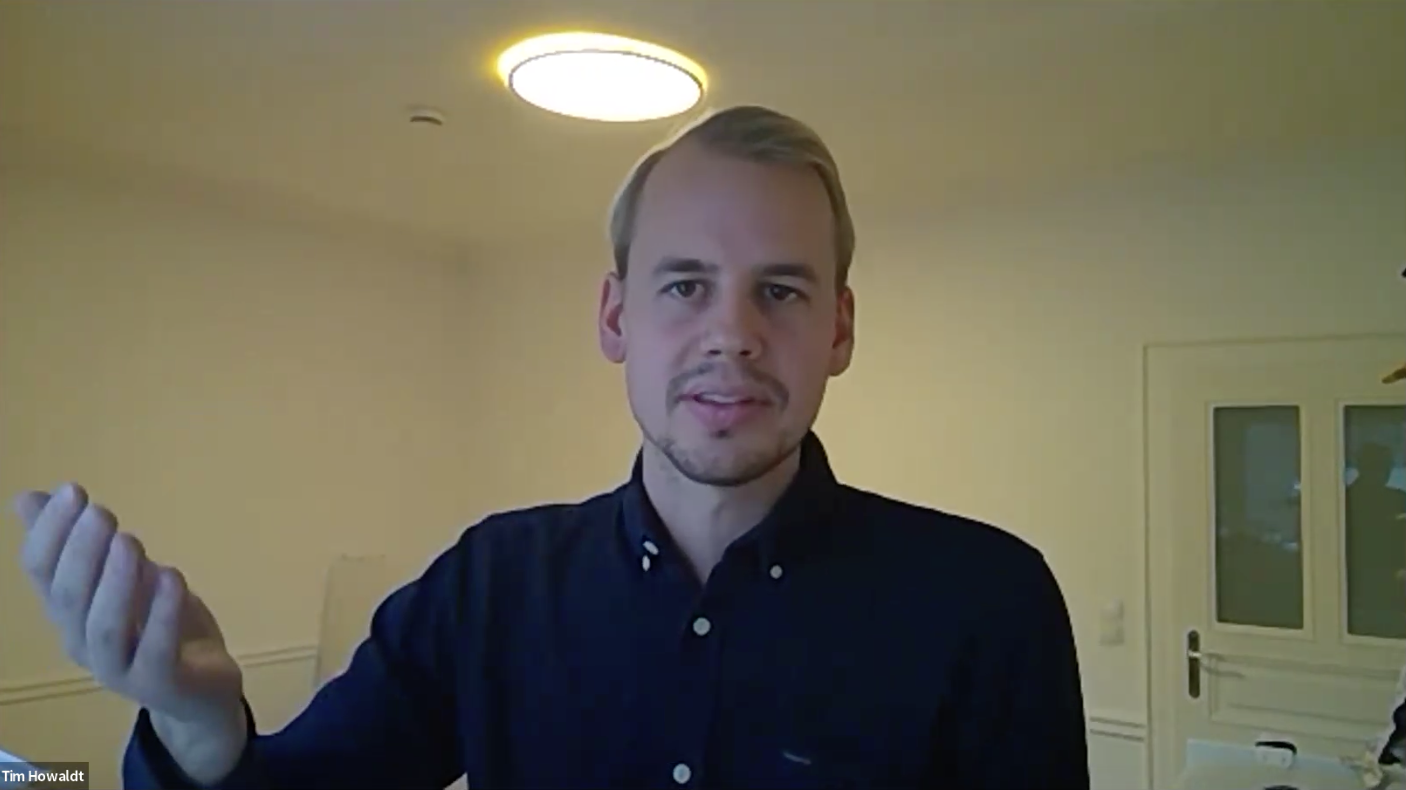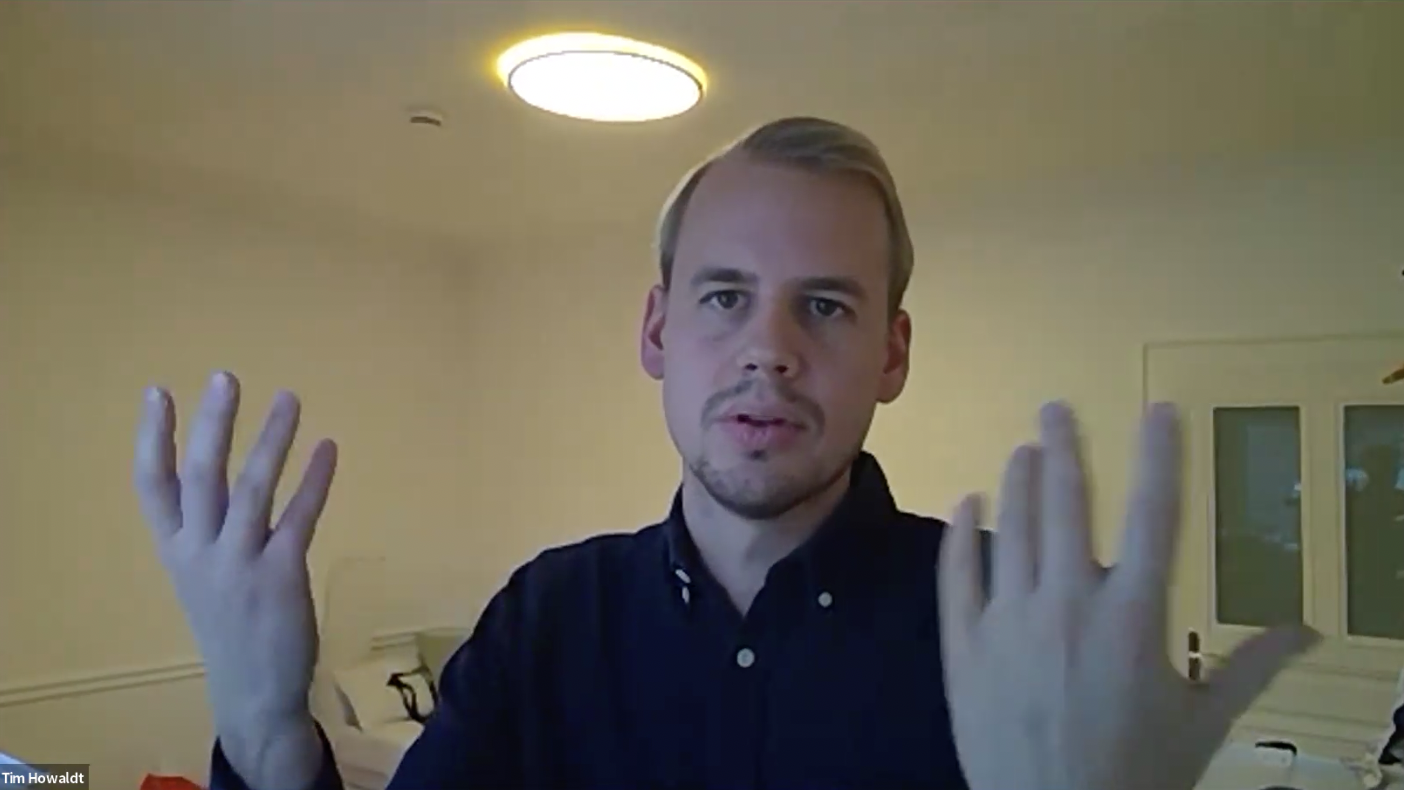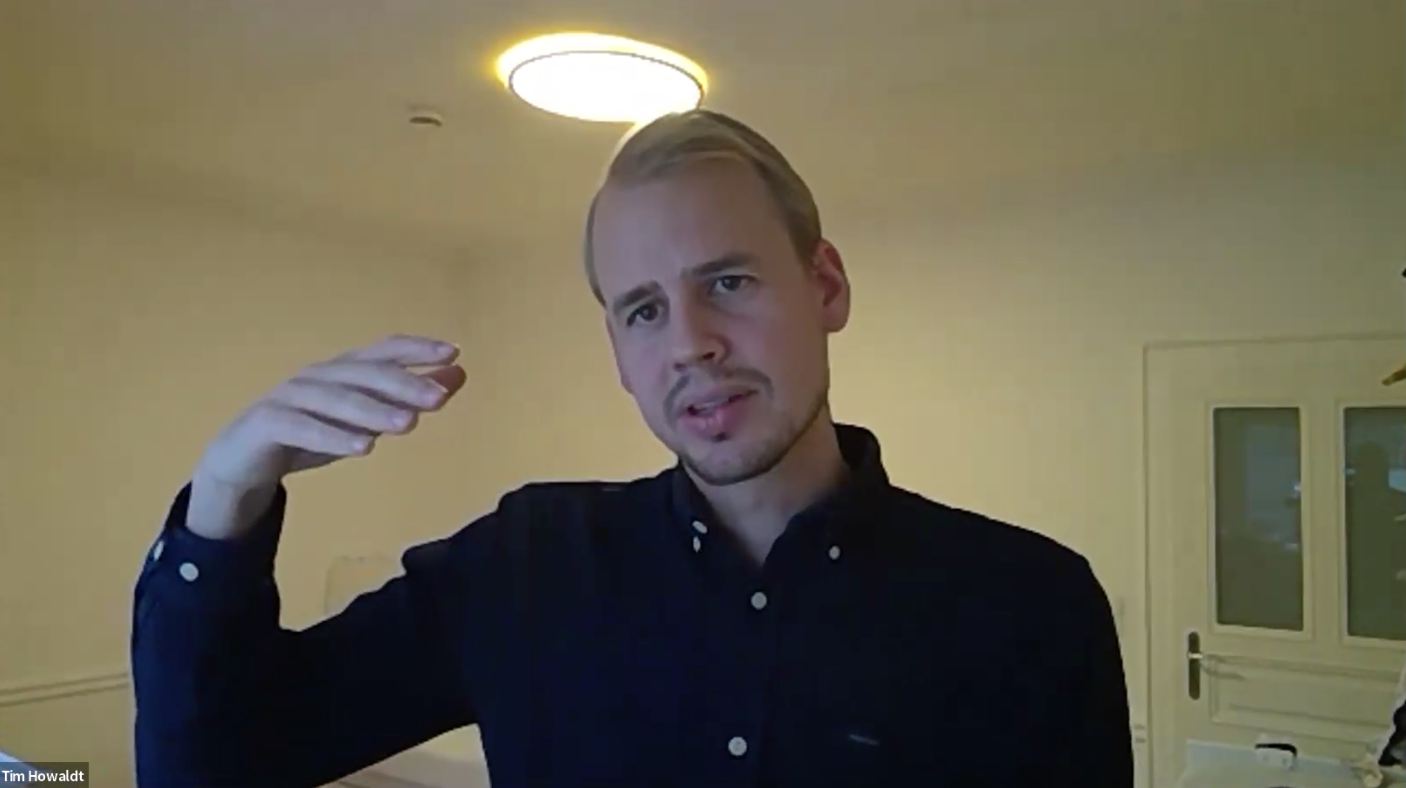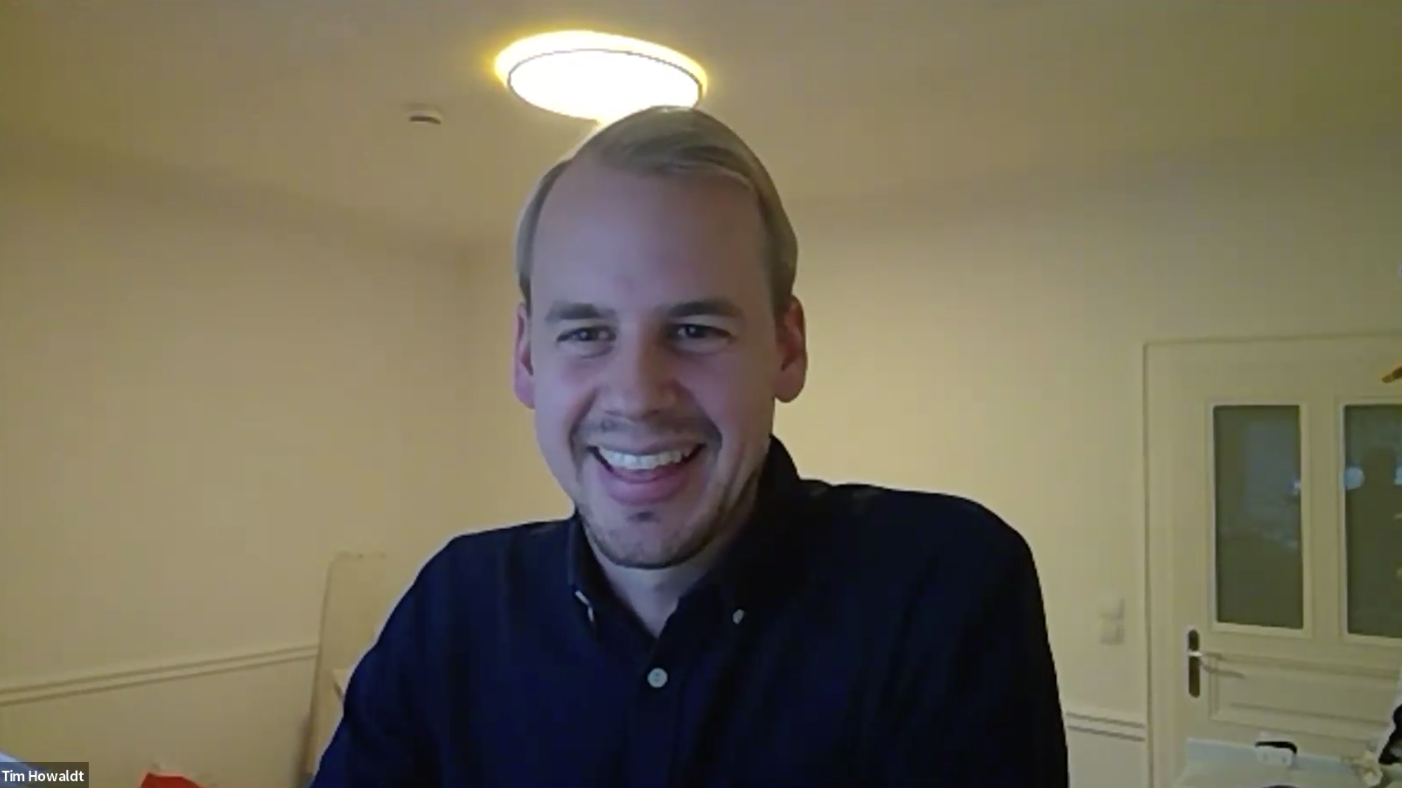WEBINAR RECORDING & VIDEO HIGHLIGHTS
How Solation Broke Into Emerging Solar Markets for Growth
Access our full customer spotlight webinar recording or video highlights playlist to learn more about how Solation was able to break into new markets while managing 50% more projects and reducing errors by 80%.
Our Awesome Speakers
Scoop
Company Intro
We are the industry’s most powerful central operations hub designed for high-performing renewable teams.
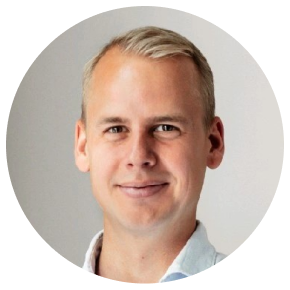
Tim Howaldt
COO & Co-Founder at Solation
Tim started Solation with the goal of making solar energy more accessible for residential tenants and small businesses across Germany.
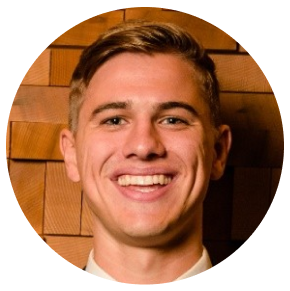
Remington Jarvis
Director of Customer Experience
Remington has worked with hundreds of residential and commercial solar teams at Scoop to foster transformation and growth.
Watch The Highlights
This is just the tip of the iceberg. To get the full story and an in-depth demo of Solation’s Scoop platform, access the full customer spotlight webinar today.
Solation - Video Highlights
As Solation expanded into multi-tenant properties, their existing tools couldn’t keep up. Disorganized data, inconsistent documentation, and performance bottlenecks slowed project execution and highlighted scalability issues. Watch how they tackled these challenges to streamline operations and meet growing demand.
Even before choosing Scoop, Solation appreciated the transparency and open communication they experienced during the sales process. This strong relationship laid the groundwork for a seamless transition, supported by personalized training, intuitive tools, and hands-on guidance, enabling Solation to optimize their operations immediately.
Since adopting Scoop, Solation has achieved incredible results, including a 1.5x increase in project volume and an 80% reduction in planning errors. With streamlined workflows and scalable tools, they’re set for long-term growth in multi-tenant solar solutions.
With a goal to power over 1 million tenants by 2030, Solation is leading the charge in multi-tenant solar solutions across Germany, Austria, and Switzerland. Backed by Scoop’s innovative platform, they’re scaling operations while driving renewable energy innovation.
How Scoop Currently Impacts Renewable Operations
250,000+
Project Sites
20-30X
Return on Investment
Unlimited
Users & Storage
Webinar Transcript
Feel free to browse through the webinar transcripts but keep in mind that this does not include the product demo and that a picture is worth a thousand words!
Remington: Can you tell us a bit about yourself, the role at Solation, and give everyone a snapshot about the company?
Tim: So, I started in consultancy and then co-founded in 2023 with two partners, the company Solation. The two co-founders are Sebastian Hügel and Max Zeuge. Okay, they are very German names.
You don’t need to remember them. So, we started with Solation and basically, that’s a Munich-based startup and what we are trying to do is we’re trying to partner with local craft businesses and offer green energy solutions. Our business model is not that common, maybe, especially for the German market because we are focusing on multi-tenant houses.
So, we are not focusing that much on single-tenant housing and also evolved a patented or patent process for that, which gives us a little bit of a special position that we have in the German market right now. Sorry, the cold is kicking in. So, yeah, this is how we are focusing the German market because obviously, what we see at least in Germany and I think also in other countries quite a lot is that the residential market is already quite played.
There are a lot of PV plants on the roofs already, but when you look into cities or multi-tenant houses, basically, there’s more or less nothing happening right now. For example, in Germany, 53%, which is quite a high rate of the people, are living as a renter. So, they are living for rent and obviously, they are not able to use PV power plants in their flats right now.
So, that’s the one game. The other game, obviously, is also to go into the commercial market, meaning all the multi-tenant houses with offices, and small businesses. So, this is what we are focusing on.
So, in Germany, there was basically a regular change, which happened early this year, and enabled our business model. So, since then, we have been trying to make life for landlords easy to sell their solar energy in their houses. So, basically, it’s a reselling model of PV energy.
Yeah, basically, that’s it. What are we doing in that? So, we are basically renting, for example, roofs on the one hand side to build our own power or our own PV plants on it, meaning we are planning the whole thing, we are installing the whole thing, and we are also taking care of distributing the energy in the houses and also do the billing for the tenants in the house. And then, again, making the life for the landlords easy so that they are having their revenue share with us, because at the end, obviously, it’s their roof and their tenants.
Well, financially, with that, we can basically achieve something that is not as common in the residential market. We can have quite good break-evens with our PV plants, which are under six years, one of five, four years. So, that’s quite atypical when you look into the residential market and makes this model quite interesting.
And that’s on the one-hand side. On the other hand side, what you obviously also do, is you have some community impact on the people who are living in the flat. They can buy cheaper green energy.
And also, we give opportunities to donate surpluses of solar power. So, if you generate too much, which you always do in summer, you can donate this power to social or public institutions.
Remington: What were the challenges you faced with those platforms that made you say, we need to go find our next solution?
Tim: Yeah. So basically, we had a whole list where the tool was not sufficient anymore. I think the biggest reason to start with that is that with growing demand in the market, so with more installations coming into our pipeline, we more and more became aware that the tool is not scalable.
And what does that mean? That means, for example, when you look, for example, from a management point of view, there was no overlook anymore. You were not able to oversee what is happening in which installation, where are we, and where are the things happening where we need to pay attention. So we had issues with that and figured out, okay, most certainly, we need to switch our gears here in the operations to basically keep speed in the market, right? Because we were starting to fall behind our ambitions on our speed level of installations. And that’s obviously not good, right? Speaking especially only about truth, right?
So yeah, the points we had are multiple. Maybe I can mention some. We had basically data stored in multiple locations, so not one single source of truth, which made it very hard to manage the projects because you were searching for data all the time. You had limited options for date settings and you had no mandatory fields. So you had just fields and that’s it. We had performance issues with data access. So especially when we put a lot of pictures into our projects, which is obligatory for documentation, the performance became bad. And yeah, I think that’s just to mention some.
Yeah, for sure. Okay. So juggling lots of moving parts, thinking about growth, right? And we kind of mentioned that when you’re small or starting off with just a couple of projects, it can kind of live in your head and everyone knows where everything is. But when you start thinking of what about when we grow and do double or triple this, how do we in management get a view, see everything in its current status, as well as have bubbled to the surface where the issues are, find where we need to pay extra attention. And then just kind of, you know, to interpret what you’re telling me, a bit of lack of confidence of like, hey, in a couple of years when we need it, this tool may not work for us.
Also when you look into the future think and talk about what automation can be done and in which direction can the tool lead us. And yeah, that was where we were seeing some issues.
Remington: So when it became clear that this wasn’t sustainable, what was the process to explore and look for your new solution and what made Scoop the right fit for you?
Tim: So the process basically started with, okay, we recognized that the tool is not scaling anymore sufficiently with us. So we started by basically to get us an overview. Okay, what is out there on the market? Because we did this in the very beginning. Yeah. But obviously, we learned a lot in that time. And also the tools evolved a little bit. So we got ourselves an overview. Okay, what might be the right fit for us? So we also had a look not only into tools, which are PV or photovoltaic specific, but also, for example, other tools, which were like more managing construction sites, for example.
Because we started at the beginning with more residential PV installations. So also our necessity to switch to bigger construction sites led us to the decision, okay, we need to look also in some other tools maybe. Yeah. So that’s where it started. And then basically, it’s the normal flow. So we started to get some evaluations about all the tools and interviewed, obviously, the different vendors. So we did with Scoop, obviously, and did an evaluation, which might be the best fit for us.
Remington: Can you walk us through what that onboarding experience was like, and then how your team adapted to using a new solution when you made that switch?
Tim: Yeah. I mean, that was something which I personally, no, let’s put it that way. I appreciated really, really the way how Scoop started it off, but not only when we made the decision, already in the beginning before we made the decision, because Scoop was all the time very, very open. And, yeah, we always had contact and you were open for questions, which helped us a lot, honestly. And that also continued later on. Yeah. So when we made the decision, it was really, really easy, really pleasant to have contact with you. You were very, very helpful with everything. When we started our first implementations, you were there, and helped us in online sessions, obviously in online sessions, because we are sitting in Germany. So that was really, really great. So we managed actually to make our first steps on our own quite quickly, to be honest. So you were a good support there. I really have to admit that.
And also that continues in what we are doing now, right? Because new features are released, there are new things coming in Scoop. And I’m always happy that you help us, that we can also make use of those features, which is cool stuff. So I like that, honestly.
Remington: What’s the overall impact of using Scoop now that we’re kind of through the nitty-gritty and the build stage and your team is using it on a day-to-day basis? How’s it going? How’s this impacted your business?
Tim: Yeah, exactly. And I think that comes down a little bit to the bare numbers now, right? Because I think we also claimed it in the very title. So what was really impressive is that we reduced our errors in our projects. So the quality went up quite a lot. That has multiple reasons, and I would say actually quite impressive, to be honest. And that’s mostly because the planning quality went up very, very much. And that’s like now after six months, I think, being up and running with Scoop. So that’s already quite good. And then at the same time, we managed to—or we are managing—more projects at the same time than we did before, which is also obviously because of the quality which improved. Because you all know when, how do you say, when things go wrong, that costs a lot of time for the project managers. And that’s what you don’t want to have, right? So when you’re improving your quality, your planning quality, obviously you get also more time to do more projects at the same time.
This is basically how we increased our project volume by 1.5 times in six months, which is quite good, I think. Yeah, I think that’s like in bare numbers what we have achieved. What we also have achieved is, for example, easy documentation because stuff is already in one system. You don’t have the performance issues. You can just generate the documentation. So this is saving time and obviously also saving nerves from our project managers.
Remington: I love asking this of my customers. What’s next for you guys? You’re a fast-growing company. You mentioned you have your ambitions, and when you’re looking at your pace, you’re growing, you want to keep that pace. How do you anticipate Scoop helping you achieve that?
Tim: Well, so as we mentioned already in the beginning, we are also with the Scoop implementation, we started to pivot our business model. So we went away from residential more into multi-tenant houses. So what our goal is that we want to provide energy for over 1 million tenants until 2030. So that’s our major goal—that tenants, like 1 million plus, are getting energy from our power plants or from our PV plants.
Obviously, with that, we also want to increase or be the point of contact for every landlord when it comes to PV plants on multi-tenant houses. So we want to get to number one in Germany, and that’s our plan. And yeah, obviously that’s ambitious. Yes. But I think we are on a quite good track on that, and it’s a super interesting market.
Webinar Details
Topics Covered Include:
- The challenges Solation faced with its initial software stack
- The turning point that led to adopting Scoop
- Why Solation chose Scoop over other options
- Their experience onboarding with Scoop
- How Scoop improved operations
- The measurable impact of Scoop
- What’s next for Solation


